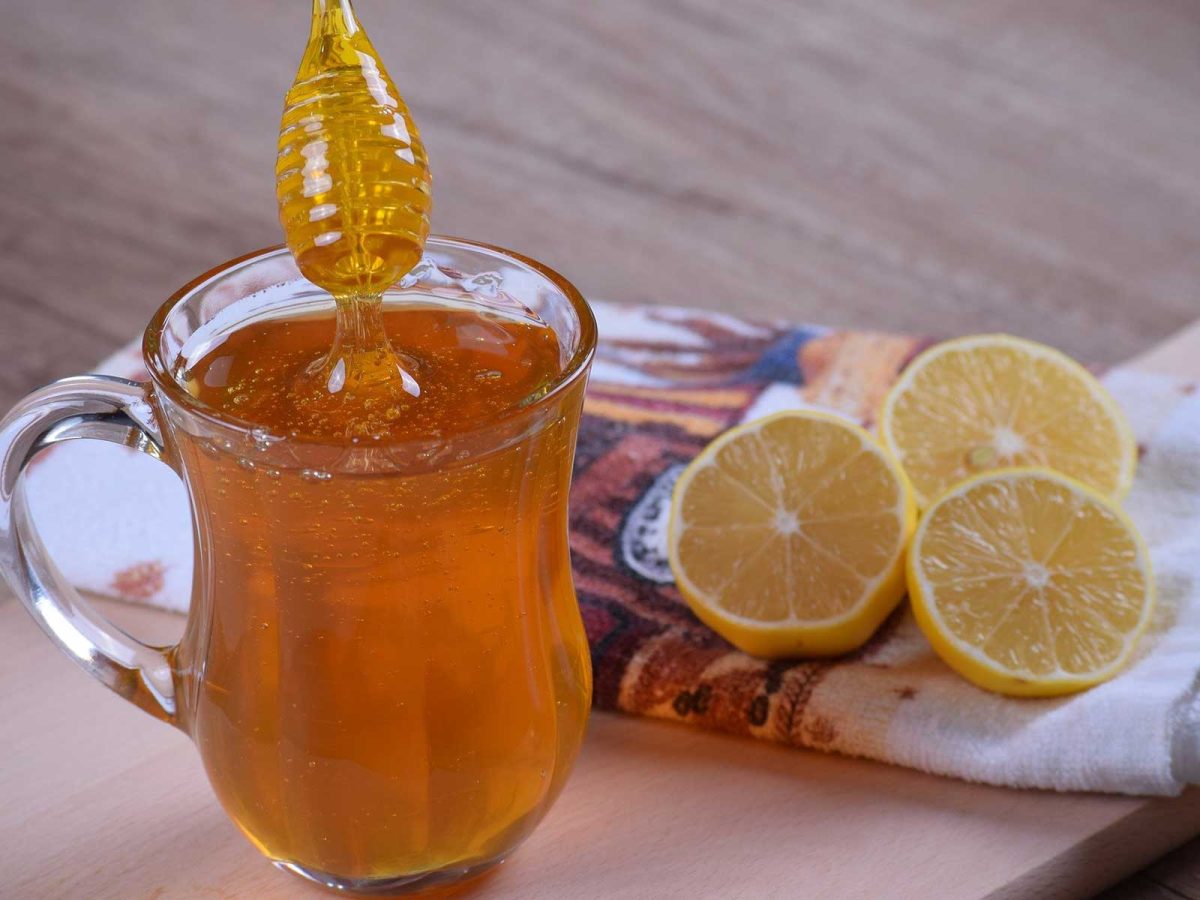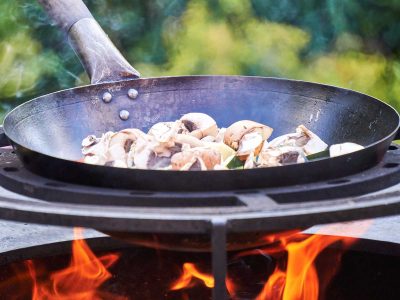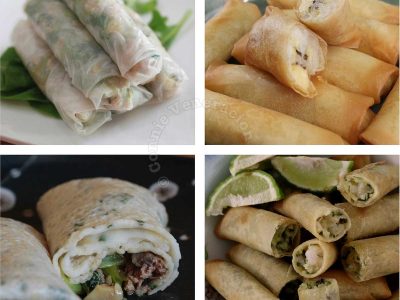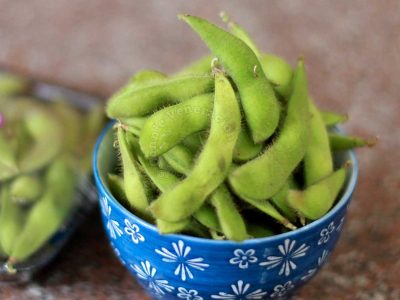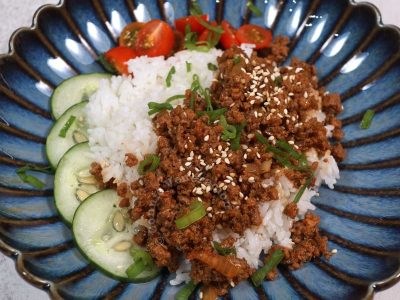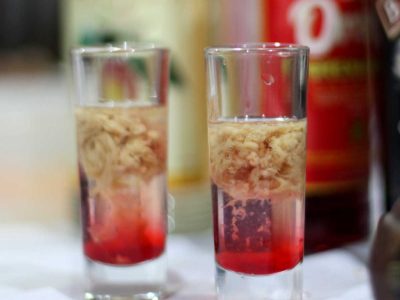The honeybees suck the nectar or the honeydew, digest it and then expel a complex substance that we call honey. The honey is deposited in honeycombs for the consumption of the bee colony.
The honeycombs are formed by worker bees from glandular secretions.
The honey, as harvested from the combs, is as natural as natural can get. But what we consume from the jars or bottles that we bought in the grocery is not necessarily a hundred per cent natural.
Classifications
Commercial honey may be raw or may have undergone one or more processes including pasteurization and filtering. Pasteurization subjects the honey to heat to kill yeast cells naturally present in the liquid which prolong the shelf life of the honey. Filtering also involves heating but with the additional step of passing the honey through filters to remove all “impurities” including pollen and beeswax.
Classification of honey varies from country to country and region to region. The term “candied” honey, for instance, has a very specific meaning in the United Kingdom but, outside it, it may mean crystallized honey. Depending on where you are in the world, it is best to scan grocery shelves and browse in farmers’ markets to find out how honey is commonly prepared.
Colors
There is a myth that superior honey is light in color. This is a misleading claim. First of all, the natural color of honey isaffectedby what the honeybees feed on, the age of the honey and the amount of dilution and crystallization of caramelized sugar.
Second, the process of pasteurization many darken the color of honey.
Flavors
Flowers have different scents and flavors; so do their nectar. In short, what flowers the honeybees suck nectar from affects the flavor of they honey that they produce. Commercial honey may be a blend of honey made separately from different flowers.
Grades
What is good honey and how do we tell it from the bad? The most common test is viscosity which, in very general terms, refers to the thinness or thickness of a liquid. Honey should not be so thin that it is watery; neither should it be too thick that it clumps when poured.
Try this simple test.
Pour your honey into a bowl in a steady stream. The stream should be straight andshould not break into drops.
As the honey reaches the bowl, layering should be momentarily visible, meaning the layers should disappear within a second or two.
Storage
Honey is best stored at room temperature, in a non-metallic container (honey contains acids that will react with metal), away from sunlight, humidity and extreme heat.
Refrigeration is not recommended as the cold may result in the crystallization of sugars. Although crystallization does not affect the quality of the honey, unless you want to wait for the crystals to return to liquid form every time you want to pour honey into your cup of tea, it is best to simply store the honey in a cupboard or on a kitchen shelf. Keep the cap of the bottle or jar tightly on to keep the moisture out.
Trivia
Did you know that real honey does not spoil? It’s true. Pots of honey, still unspoiled, werediscovered in ancient Egyptian tombs.
What gives honey its eternal life?Low moisture content and aciditywhich, together, make it impossible for organisms to survive in it.
There is a caveat though. Honey may contain “inactive spores of Clostridium botulinum, the bacterium responsible for botulism” which can be bad for infants.

